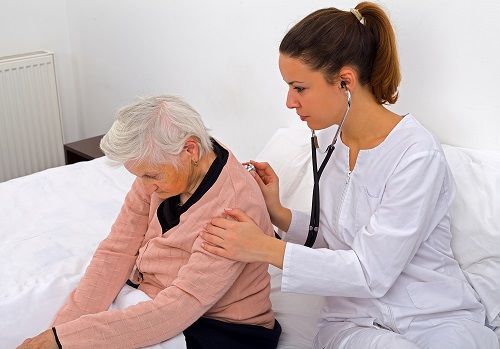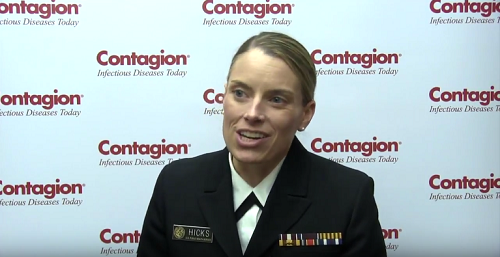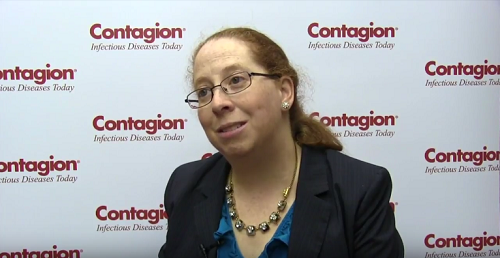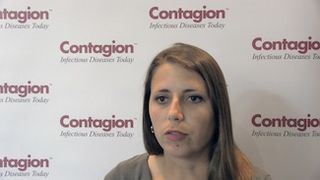
Antibiotics
Latest News
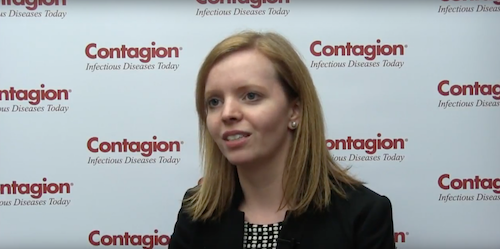
Latest Videos

CME Content
More News

Sara Cosgrove, MD, MS, current president of the Society for Healthcare Epidemiology of America (SHEA), painted a picture of the new landscape of antibiotic stewardship in the Opening Plenary of the 2017 SHEA Spring Conference held in St. Louis, Missouri.

Emily Heil, PharmD, BCPS-AQ ID, assistant professor at the University of Maryland School of Pharmacy, describes what the ideal antibiotic stewardship team would look like.

A multi-institution research team has found that daptomycin is effective and well-tolerated in children.

This week’s Public Health News Watch focuses on recent claims in the media that the budget cuts proposed by the Trump administration will have a negative impact on healthcare outcomes and patient safety.

A new study finds that patients with heart failure, obesity, are at increased risk of failing oral antibiotic therapy for skin and soft tissue infections.

A study suggests that heavy drinkers receiving treatment injections for their condition may be more susceptible to acquiring an antibiotic-resistant infection with Anaerobiospirillum succiniciproducens, which can be fatal.

On March 5, 2017, at the 2017 Annual Meeting of the American Academy of Allergy, Asthma & Immunology (AAAAI) in Atlanta, Georgia, researchers from Rush University presented findings on the efficacy of a new guideline, which aimed to detect whether self-reported beta-lactam allergies were, in essence, unpleasant side-effects to the drugs.
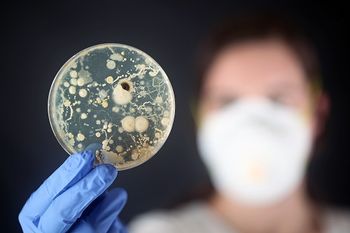
It has been reported that the new healthcare reform bill could eviscerate the US Department of Health and Human Service’s Prevention and Public Health Fund, which, among other things, funds roughly 12% of the Centers for Disease Control and Prevention’s budget.

On March 5, 2017, at the 2017 Annual Meeting of the American Academy of Allergy, Asthma & Immunology (AAAAI), Gary Huang, MD, PhD, explained his research team's findings regarding self-reported allergy to drugs containing β-lactams.

In late February, the World Health Organization (WHO) released its first list of Priority Pathogens, for which research and development is strongly needed. Not included on the list is tuberculosis, which has been acknowledged as one of the leading killers around the world. Naturally, many individuals working in public health and infectious disease are objecting to the exclusion.

In case you missed them, here is a round-up of the top 5 articles for the week of March 5, 2017.

The new WHO list makes a clearcut line-up of offending organisms; however, the list is truly a call to arms for those hoping to prevent the antibiotic apocalypse.

From pets at home to SeaWorld's main attraction, the threat of antimicrobial resistance in domesticated animals is flying under the radar amid concerns for livestock and human resistance.

Robin Jump, MD, PhD, assistant professor in the Department of Medicine at the Case Western Reserve University sat down with Contagion™ to discuss up-and-coming prevention methods for C. diff in the hospital setting.

Did you read this week’s top infectious disease news coverage from Contagion®?

As we await novel compounds from a relatively apathetic industry, we are resurrecting antibiotics of which we have an outdated understanding. and that carry the potential for substantial side effects: polymyxins.

The World Health Organization (WHO) recently published, for the first time, a priority list of antibiotic-resistant bacteria that urgently need new antibiotics.

The results of a new study show that taking antibiotics for traveler’s diarrhea could increase the risk of acquiring an extended-spectrum beta-lactamase-producing Enterobacteriaceae (ESBL) infection.
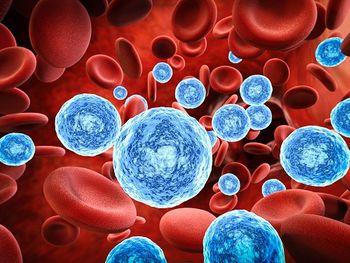
The US Food and Drug Administration just announced that it is allowing the marketing of a new test kit for bloodstream infections.
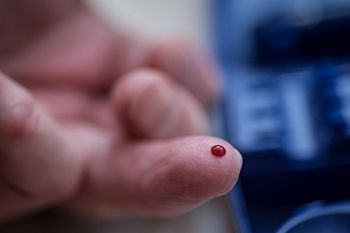
The European Union Horizon Prize was awarded to MINICARE HNL last week for a “finger prick test” that allows for rapid detection and diagnosis of bacterial infections in under ten minutes.

Recent studies suggest that post-operative prophylactic antibiotics following a C-section delivery may assist in the prevention of surgical site infections.

Certain antibiotics can invade drug-resistant bacteria by using brute force at the surface level.
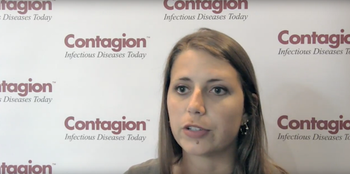
Madeline King, PharmD, assistant professor of Clinical Pharmacy at the University of the Sciences, Philadelphia College of Pharmacy in Philadelphia, Pennsylvania, explains for which infections ceftazidime-avibactam is approved by the US Food and Drug Administration.

The Los Angeles County Department of Public Health has recently reported that, last year, a local resident was found to have an antibiotic-resistant strain of Escherichia coli with the colistin resistance gene, MCR-1.
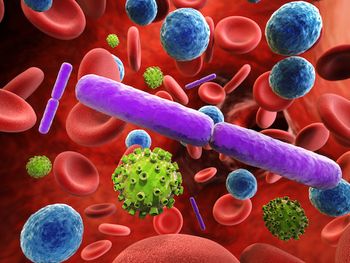
Contagion® is celebrating it’s one-year anniversary today, February 7, 2017. As we hit this milestone, we wanted to look back and remember the three articles that launched Contagion® on this day in 2016.

